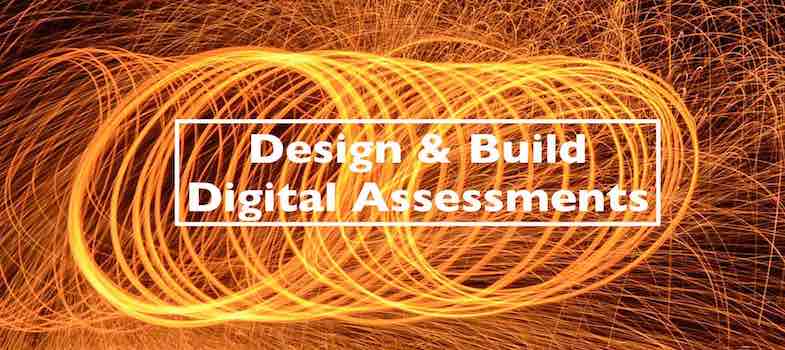1. Getting Started: Readings
1. Types of Assessment
Diagnostic – assessment of a learner’s knowledge and skills at the outset of a course and at any point during a course to guide teaching strategy.
It can also be used in open and distance learning and combined with self -assessment to indicate different options for study.
Self - Assessment – long used in open and distance learning. The student is asked a question or given a problem to solve and then they can look up the correct answer to compare to their own work. This is intended to prompt reflection by the learner and help embed learning.
Formative – assessment that supports developmental feedback to a learner on his or her current understanding and skills of the subject.
Formative assessment can also be described as ‘just for learning’ since it produces no final qualification, instead it is to prompt learners to reflect and adjust their own learning activities.
It can also help the teacher adapt their strategy in light of the results – so can also fulfil a diagnostic function as well.
Peer Assessment – these are assessment activities carried out by students with each other. This can be a powerful student engagement and learning technique as the students engage deeply with the criteria for a particular outcome in order to assess each other – improving understanding of their own learning targets. Having to explain their assessment to their peers also helps in their own understanding, while getting feedback from a peer in their own language provides another channel for learning.
Summative – the final assessment of a learner’s achievement, usually leading to a formal qualification or certification of a skill, also sometimes referred to as assessment of learning.
